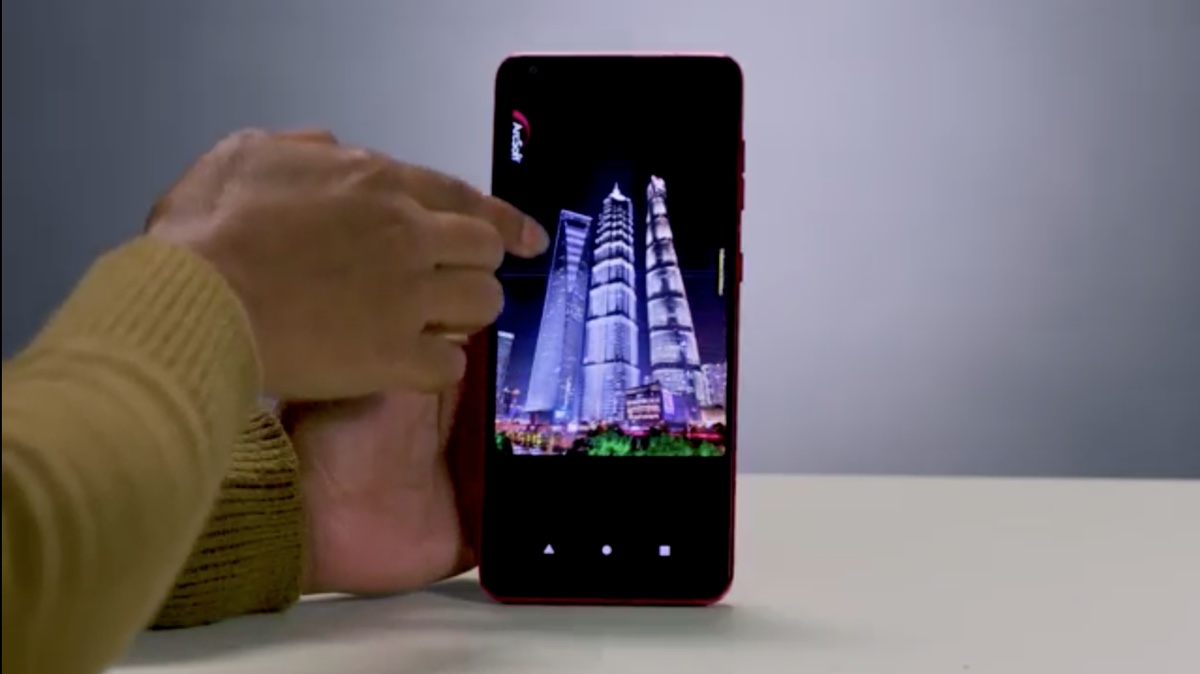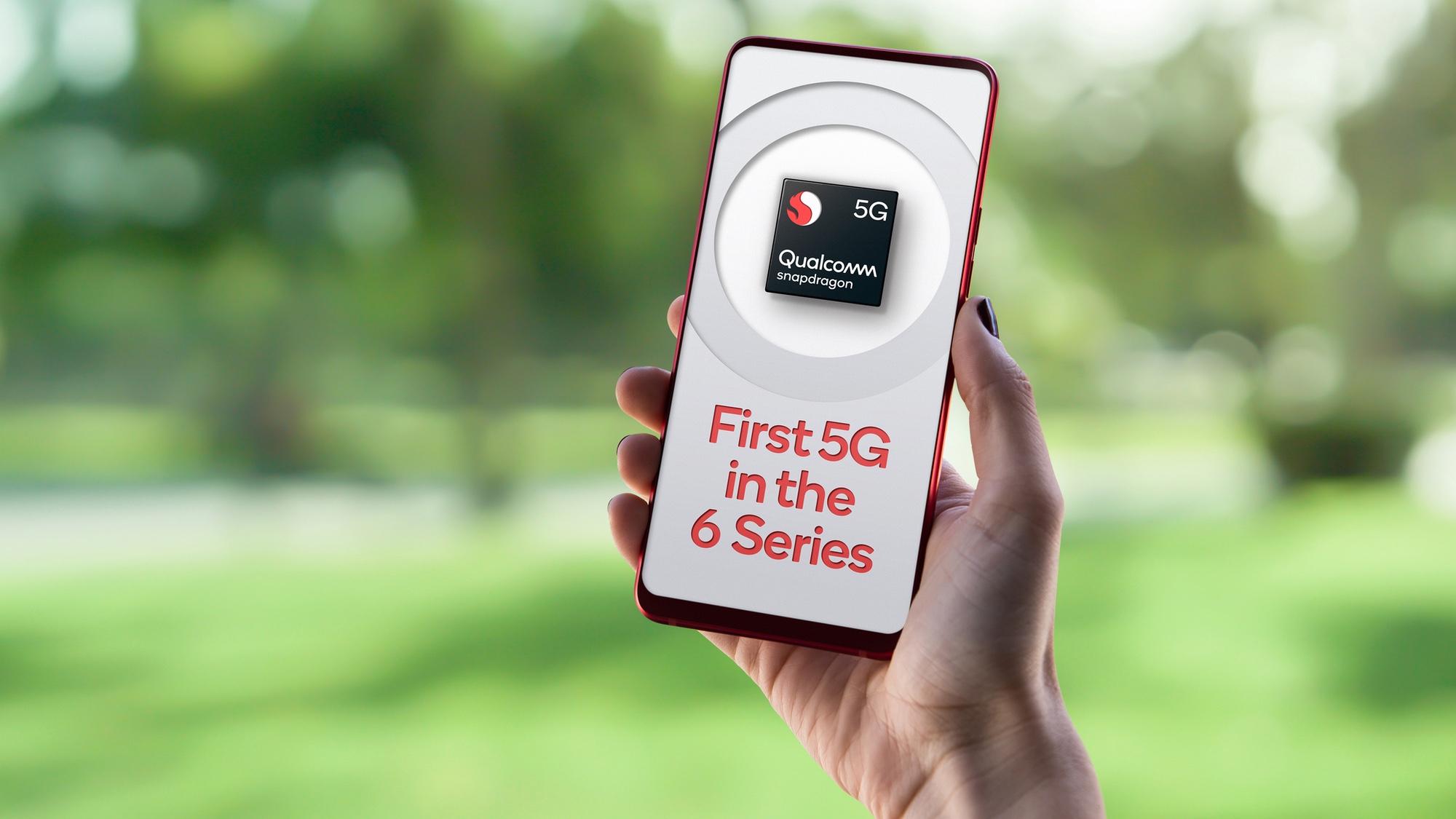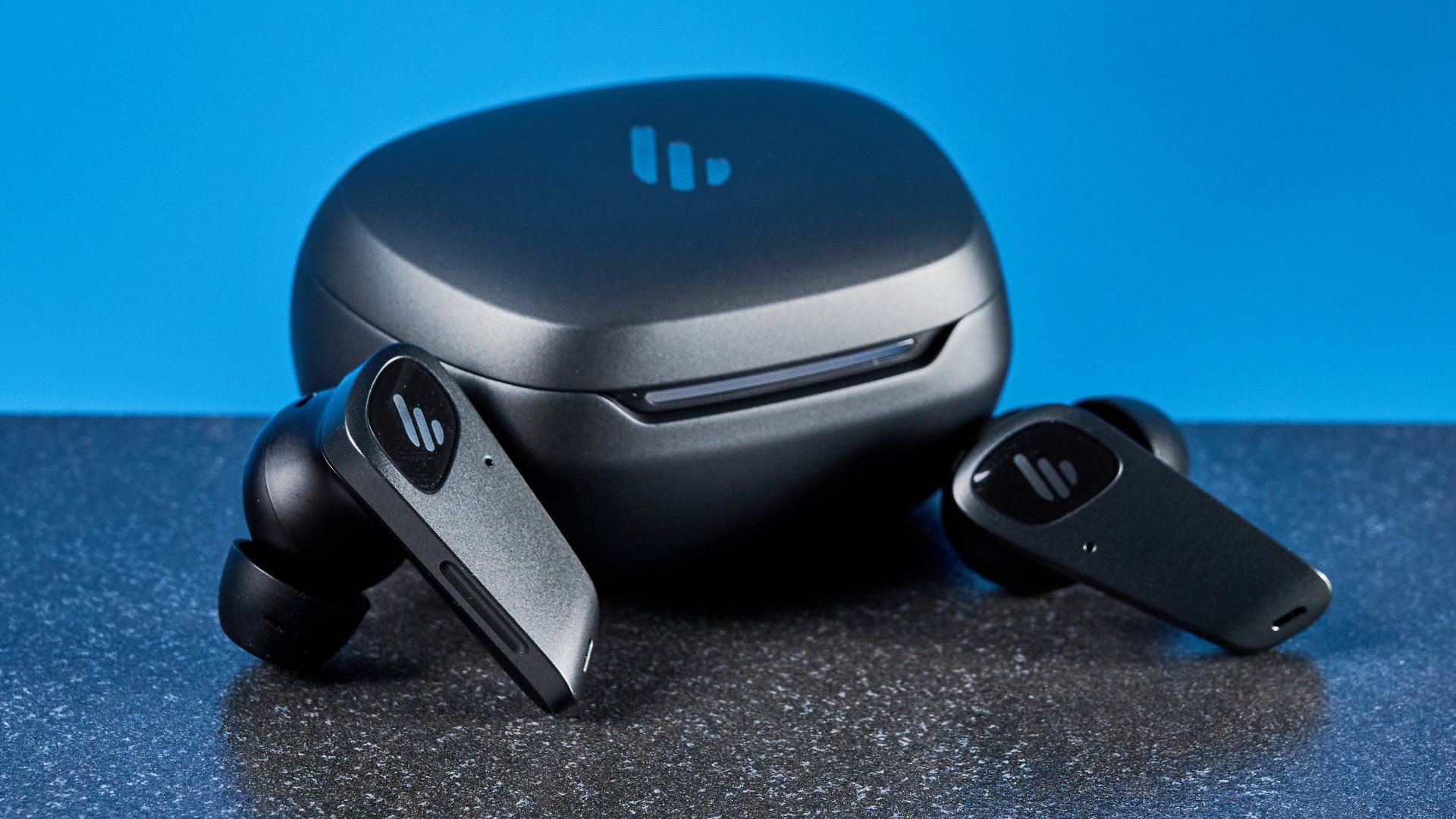Cheaper 5G phones are on the way, thanks to new Snapdragon 690
The Snapdragon 690 brings a lot of high-end features to less expensive phones, including 5G connectivity

The price of 5G phones is coming down. The Samsung Galaxy A71, for example, is the first 5G phone available for less than $600, and sub-$500 5G handsets powered by Qualcomm's Snapdragon 765 system-on-chip are waiting in the wings. But we're about to find out just how low prices can go, thanks to another 5G-ready Qualcomm chipset that's aimed at even cheaper phones.
Qualcomm has taken the wraps of the Snapdragon 690, the first entry in its 6 Series processing platform to include 5G connectivity. You'll typically find 6 Series chips in budget and midrange devices, so the addition of a 5G-capable modem figures to broaden the variety of 5G phones to include low-cost handsets.
- Best 5G phones
- What is 5G: The definitive guide
- Plus: Stunning iPhone 12 design reveals the phone we really want
"We want connectivity to be upgraded to 5G everywhere, and we want to make it affordable to everyone," said Qualcomm president Cristiano Amon in announcing the Snapdragon 690.
Up until the end of last year, 5G connectivity was limited to Qualcomm's top-of-the-line 8 Series of chipsets. As a result, early 5G phones were very pricey, approaching — and in many cases exceeding — the $1,000 mark. Qualcomm has since expanded 5G to thee 7 Series, with the Snapdragon 765, 765 and 768 processors, which are expected to power a slew of more affordable 5G phones in the second half of 2020. (Reportedly, Google is going with a Snapdragon 765G for its Pixel 5 later this year.)
Qualcomm Series 6 chips are typically found in even more affordable devices. The recent Moto G series from Motorola uses the Snapdragon 665, and those phones range in price from $199 to $299. The $449 TCL 10 Pro features a Snapdragon 675. So we're looking at 5G coming to phones that cost less than $500 — and could be even cheaper.
We won't hear about which phones will feature the Snapdragon 690 until the second half of the year, but a few phone makers have already announced plans to use the new chipset. Qualcomm's Snapdragon 690 announcement included commitments from LG, Motorola, TCL and HMD Global, which makes Nokia handsets.

There's one caveat about the 5G connectivity provided by the Snapdragon 690. The X51 modem included with the system-on-chip doesn't support faster mmWave-based 5G — only networks built using sub-6GHz technology. Sub-6GHz 5G has an extensive reach, but it can't deliver the 1 Gbps speeds associated with mmWave.
Sign up to get the BEST of Tom's Guide direct to your inbox.
Get instant access to breaking news, the hottest reviews, great deals and helpful tips.
Qualcomm said it wanted to focus on broad adoption and entertainment features with the Snapdragon 690. Reading between the lines, Qualcomm clearly wants this system-on-chip to appear in devices around the globe; outside of a handful of carriers, including Verizon in the US, mmWave 5G has yet to take hold.
5G isn't the only thing Qualcomm focused on with the Snapdragon 690. The chipset's Kryo 560 CPU promises a 20% boost in performance over the Snapdragon 675, while the Adreno GPU should increase the speed of graphics by 60%.
The Snapdragon 690 boasts several other firsts in addition to the inclusion of a 5G modem. It's the first system-on-chip in Qualcomm's 6 Series family to support 4K HDR video capture; the image sensor included on the silicone can support 192 megapixels, which Qualcomm says is the highest MP capture available in the 6 Series. In other words, expect more powerful cameras to come to cheaper phones.
Additionally, the Snapdragon 690 includes Qualcomm's 5th-gen AI engine and the Hexagon Tensor Accelerator — two newcomers to the Series 6 chips. Both those features can also boost camera performance, as the AI engine enables smoother switching between different lenses, while the Tensor Accelerator can eliminate artifacts and delays when using live filters with a phone's camera lens.
Philip Michaels is a Managing Editor at Tom's Guide. He's been covering personal technology since 1999 and was in the building when Steve Jobs showed off the iPhone for the first time. He's been evaluating smartphones since that first iPhone debuted in 2007, and he's been following phone carriers and smartphone plans since 2015. He has strong opinions about Apple, the Oakland Athletics, old movies and proper butchery techniques. Follow him at @PhilipMichaels.

